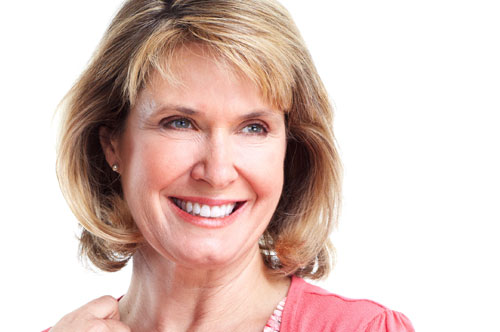Sleep dentistry is one discipline of dentistry that has evolved over the years. We’re learning more than ever about how sleep problems can affect your overall health, and we have modern ways to treat these problems.
I have taken several continuing education hours in sleep apnea training, and I can diagnose your sleep problems and provide modern and comfortable treatments for you. There are different levels of sleep apnea, and each of them affect you in different ways. Obstructive sleep apnea is by far the most common form of sleep apnea. There are about 18 million Americans — men, women, and children — who suffer from sleep apnea.
Basic factors of sleep apnea include:
• Being overweight
• Having a neck size larger than 17 inches
• Having a narrow airway
• Having a family history of sleep apnea
• Using alcohol or smoking
• Being male (men are twice as likely to suffer from sleep apnea)
Those are some basic factors of sleep apnea, but today I want to clear up some misconceptions you might have about sleep apnea:
Sleep Apnea is not life-threatening or dangerous. Myth.
People who suffer from sleep apnea experience pauses in breathing during sleep. That alone is dangerous, but there also is a correlation between sleep apnea and fatal illnesses like heart disease, high blood pressure, and diabetes. Several years ago, Reggie White, former NFL great and Hall of Famer, died from complications with Obstruction Sleep Apnea. The daytime fatigue many patients with sleep apnea deal with can also contribute to accidents.
Anyone who snores has sleep apnea. Myth.
Snoring is a common symptom of sleep apnea, but there is a big difference. Patients with sleep apnea experience lulls in breathing while patients while snoring is caused by vibration in the throat and oral cavity. Loud snoring is generally a symptom of obstructive sleep apnea. Additionally, patients with sleep apnea often experience headaches, daytime sleepiness, dry mouth or sore throat, and even attention problems.
Sleep apnea only affects older men. Myth.
Most people who suffer from sleep apnea are older than 40, but obstructive sleep apnea can affect people of all ages, including small children. About 50 percent of adults 65 and older have some form of sleep apnea. Age is a factor of sleep apnea, but it doesn’t exclusively affect older men. Women, especially if they are pregnant, can also suffer sleep apnea.
Sleep Apnea must be treated with a CPAP Machine. Myth.
A CPAP machine constantly pushes air into the airways while you sleep. Patients who use this machine have to wear a mask for the treatment to work. CPAP treatment works well, but patients find the mask uncomfortable.
Studies have found that CPAP machines have just a 50 percent compliance rate. There is a solution to CPAP machines. At our office, we can fashion a oral appliance for you to wear at night. The device fits over your bottom teeth and moves the lower jaw forward. With the lower jaw forward, we can open up the airway. Patients who wear the appliance begin to notice changes in their symptom right away.
We don’t want you to be misguided by any myths about sleep apnea. If you’re having sleep issues or need to schedule a visit with my professional team by calling 248-972-8720.





